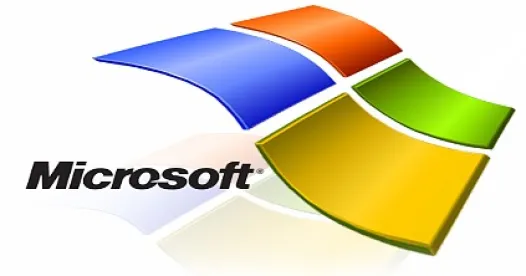According to U.S. patent law, patents are presumed to be valid. However, there is no specific description of the quantity of proof necessary to determine that a patent is invalid. The U.S. Supreme Court is considering this very issue, and it has the world of intellectual property aflutter. Many feel that the Microsoft v. i4i case, which the Supreme Court will hear this term, has the potential to change long- held precedent in patent law. To date there have been 25 briefs submitted to the Supreme Court from various third parties on behalf of Microsoft or supporting neither party (briefs in support of i4i are yet to be submitted).
The question presented is how much proof must be provided when an accused infringer alleges that a patent is invalid. Specifically, the Supreme Court will determine whether an invalidity defense must be proved by clear and convincing evidence, or if the standard should be lowered to a preponderance of the evidence standard. Alternatively, Microsoft argues that if evidence was not considered during examination before the U.S. Patent and Trademark Office (USPTO) the standard of proof required to invalidate a patent should be lower during litigation. While this may sound trivial, the difference between these standards is significant. This change in the standard of proof could reverberate throughout patent law, causing changes throughout the life cycle of a patent.
The current standard of proof, “clear and convincing evidence,” requires “evidence indicating that the thing to be proved is highly probable or reasonably certain.”1 In contrast, a “preponderance of the evidence” defines a standard where evidence, “though not sufficient to free the mind wholly from all reasonable doubt, is still sufficient to incline a fair and impartial mind to one side of the issue rather than the other.”2 Thus, the “clear and convincing” standard provides a significantly higher hurdle for accused infringers to overcome.
In this case, Microsoft put forth an invalidity defense to an allegation of infringement that relied on evidence which had not been considered by the USPTO during examination.3 Microsoft alleged that i4i sold a version of software covered by U.S. Patent No. 5,787,449 more than a year before the patent was filed.4 Microsoft presented evidence that suggested the software at issue was previously marketed and sold to another company, including various documents that described the software, including manuals, a funding application, letters to potential investors, etc.5 However, i4i maintained that the software that they sold did not include the contents of the patent at issue in this case.6 Unfortunately, the software code at issue has been destroyed and is not available for a comparison to the patent.7 The lower courts determined that evidence presented did not clearly and convincingly show that the software sold was the same as the software described in the ’449 patent. While one might be able to infer this was the fact from the evidence in question, it did not meet the clear and convincing standard of proof.
Lowering the standard of proof for an invalidity defense weakens the presumption that a patent is valid. Depending on where one sits on the fence, this may be an attractive proposition. However, lowering the standard of proof in invalidity defenses will no doubt be detrimental to the overall patent system by making existing patents more vulnerable to attack and therefore reducing protection for inventors.
The Supreme Court will hear arguments on April 18, 2011. We will continue to follow the case and provide updates on the progress of this case.
____________________
1 Black’s Law Dictionary, p. 636 (9th ed. 2009).
2 Black’s Law Dictionary, p. 1301 (9th ed. 2009).
3 Microsoft v. i4i, Brief for the Petitioner, p. 4 (No. 10-290).
4 Microsoft v. i4i, Brief for the Petitioner, p. 4 (No. 10-290).
5 Microsoft v. i4i, Brief for the Petitioner, p. 5 (No. 10-290).
6 Microsoft v. i4i, Brief in Opposition, p. 4 (No. 10-290).
7 Microsoft v. i4i, Brief in Opposition, p. 4 (No. 10-290).



 />i
/>i
